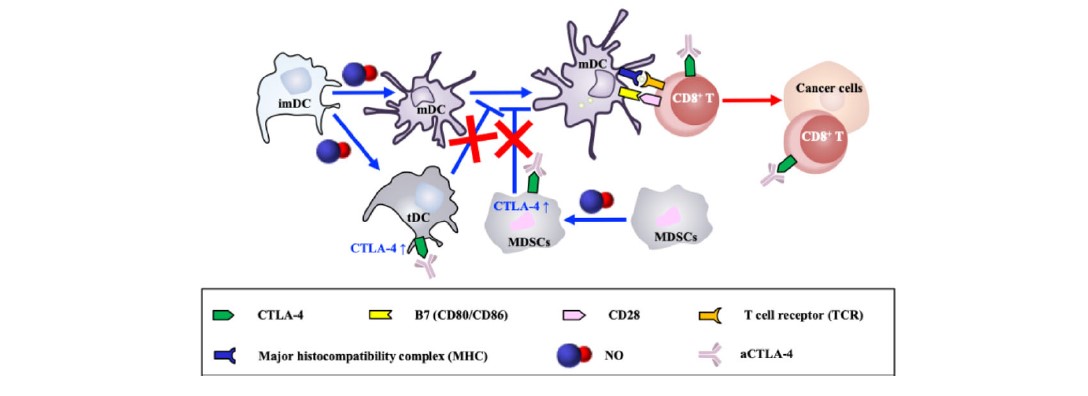No effective lymphedema therapies currently exist and cancer immunotherapy lacks safety and efficacy
Despite the clinical success of cancer immunotherapies, the risk of severe, systemic adverse events limits dosage amounts and overall use. Additionally, lymphedema afflicts millions of patients worldwide, and there are no existing effective therapies. This is largely due to the lack of drug delivery systems that allow targeted or other therapies to be delivered to lymphatic vessels. A biocompatible, targeted drug delivery system that leverages lymphatic uptake, immunotherapeutic mechanisms, and combination therapies would diminish these safety and efficacy concerns.
Hydrogel-based drug delivery system offers targeted, multi-agent immunotherapy as well as targeted therapy to lymphatic tissues
This drug delivery system is a thermosensitive hydrogel with specific formation and degradation properties to facilitate sustained drug delivery of biologics, oligonucleotides (mRNA, DNA, etc.), and small molecules into the lymphatic system from needle injection for days to weeks. The hydrogel co-polymers are composed of FDA-approved materials, which are synthesized via simple chemical reactions to enable mass synthesis. They are environmentally resilient, allowing the chosen therapeutic agents to dictate the storage requirements (i.e., dry, wet, cold, or ambient conditions). Additionally, this system easily accommodates co-delivery of multiple agents and achieves high-level drug incorporation by simple mixing—eliminating the need for drug modifications that can reduce therapeutic agent activity. The targeted delivery approach substantially improves efficacy, while also allowing lower dosing and fewer administrations that improve patient safety.
Systemic adverse effects are reduced, increasing the eligible patient pool and improving patient compliance. The system’s efficiency and simplicity reduce the high costs associated with immunotherapy. By directing therapies into the lymphatic system, it also opens new market opportunities for existing agents that can potentially extend patient life.
- Targeted: Unique gel formation and degradation properties sustain drug release at the injection site and its draining lymphatic tissues (lymphatic vessels and lymph nodes) for days to weeks from a single administration.
- Safer: Lower dosing via a targeted, sustained release delivery system creates a potentially safer intervention by limiting off-target effects associated with traditional systemic delivery methods.
- Higher Efficacy: Focused and sustained delivery to the injected tissue site and its lymphatic drainage basin may increase efficacy to improve clinical outcomes.
- Cost Effective: Targeted drug delivery is efficient, allowing lower dosing to limit drug costs, and sustained release from a vaccine-like injection allows therapies to be delivered at lower-cost community health centers.
- Flexible: This new system can co-formulate diverse payload types (e.g., biologics, oligonucleotides, nanoparticles, small molecules) and is highly environmentally resilient.
This drug delivery system, based on thermosensitive hydrogels, can be used for the delivery of multiple therapeutics, including:
- Cancer immunotherapy, such as immune checkpoint inhibitors
- Targeted agents
- Delivery of near infrared (NIR) imaging agents to the lymph for early detection of cancers and other diseases
- Lymphedema therapy

1. Sustained-release lymphatic drug delivery hydrogel can incorporate any drug type by simple mixing. 2. Drug is injected into the tissue site. 3. A hydrogel depot forms. 4.The depot slowly degrades into drug-laden micelles that drain for days to weeks into lymphatic vessels and lymph nodes. 5. Sustained lymphatic drug delivery is achieved.
